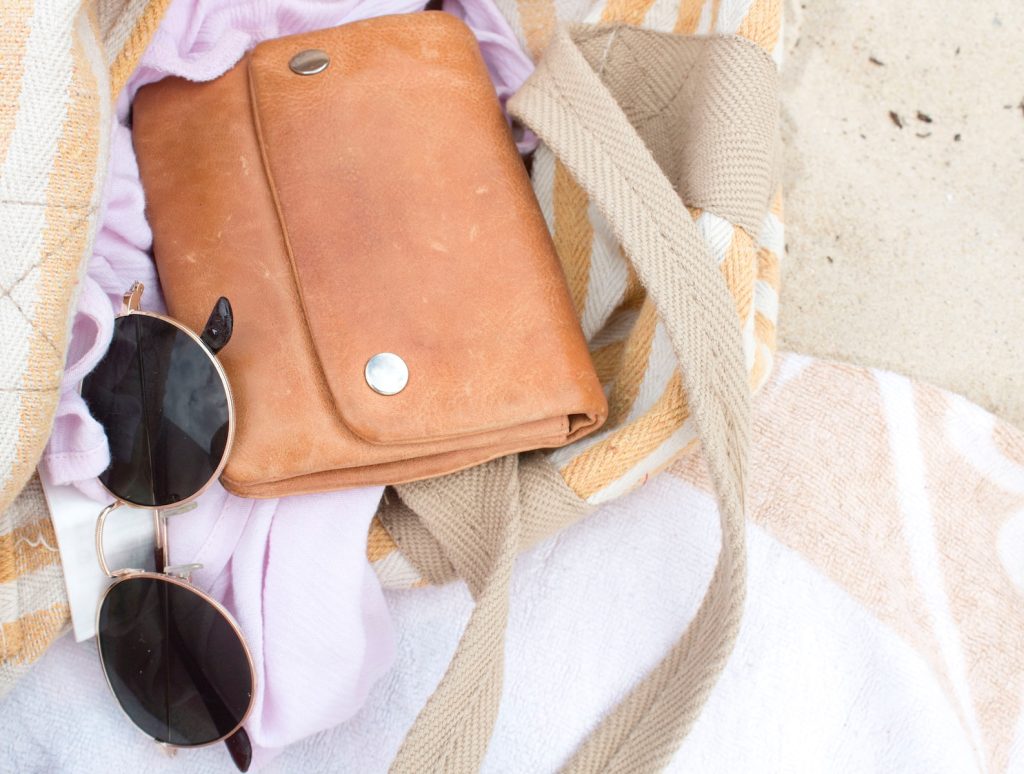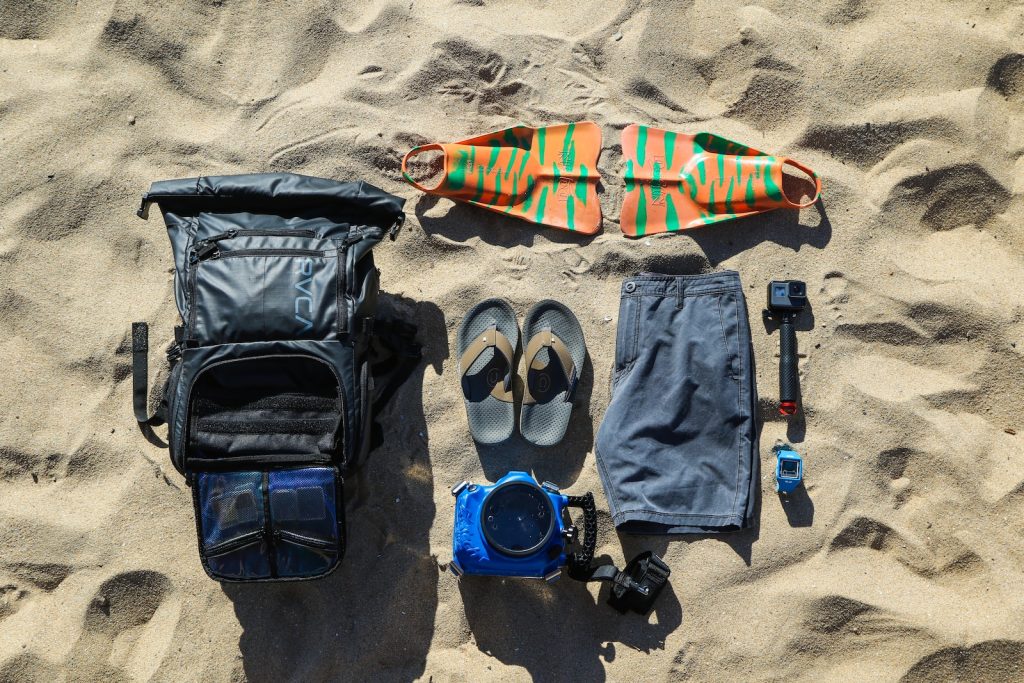How to Build Your Sand Bag in 30 Minutes: Quick and Easy DIY Guide
Introduction
Are you looking for a versatile and cost-effective fitness tool? Building your sandbag in just 30 minutes is a fantastic DIY project that can offer a wide range of benefits. Whether you want to enhance your workout routine, strengthen your body, or add a functional piece of equipment to your home gym, a sandbag can be the perfect solution. In this comprehensive guide, we’ll take you through the step-by-step process of creating your sandbag in just 30 minutes. With simple instructions, practical tips, and creative ideas, you’ll be well-equipped to build your sandbag and enjoy the advantages it brings.

How to Build Your Sand Bag in 30 Minutes
Creating your sandbag is easier than you might think. With the right materials and a bit of effort, you can have a functional sandbag ready for various exercises and activities. Here’s how:
Gather Your Materials
To get started, you’ll need a few basic materials that you can easily find at a hardware or sporting goods store. Here’s what you’ll need:
- Durable duffel bag or military-grade bag
- Sandbags (filler bags)
- Sand or other weighted materials
- Zip ties or heavy-duty sewing kit
- Scale (for measuring the weight)
Choose the Right Bag
Selecting the right bag is crucial for the durability and effectiveness of your sandbag. A duffel bag or military-grade bag is ideal due to its sturdiness and ability to withstand the weight of the sand. Make sure the bag is large enough to hold the desired amount of sand while leaving room for movement.
Prepare the Filler Bags
Filler bags are essential to prevent the sand from shifting unevenly inside the main bag. You can use smaller sandbags as filler bags or create your own using heavy-duty fabric. Fill these bags with sand or your chosen weighted materials, making sure to measure the weight accurately.
Fill the Main Bag
Now, it’s time to fill the main bag with the prepared filler bags. Gradually add the filler bags to the main bag, distributing them evenly to maintain balance. This step allows you to customize the weight of your sandbag according to your fitness level and workout goals.
Seal the Bag
Once you’re satisfied with the weight distribution, securely seal the main bag. If your bag has a zipper, use it to close the bag. Alternatively, you can use zip ties to secure the opening. If you’re using a heavy-duty sewing kit, carefully stitch the opening shut to prevent any sand from escaping.
Test and Adjust
Before you start using your sandbag, it’s essential to test its stability and balance. Lift, carry, and manipulate the sandbag to ensure that the weight is evenly distributed and that the bag can withstand the intended movements. If needed, make slight adjustments to achieve the desired balance.

Creative Ideas for Sandbag Workouts
Now that you have your sandbag ready, let’s explore some creative ideas for incorporating it into your workout routine:
- Full-Body Exercises: Use the sandbag for squats, lunges, deadlifts, and overhead presses to engage multiple muscle groups simultaneously.
- Functional Training: Mimic real-life movements by performing exercises like sandbag carries, drags, and throws. These movements enhance core strength and stability.
- HIIT Workouts: Incorporate the sandbag into high-intensity interval training (HIIT) sessions for a challenging and effective cardio and strength workout.
- Balance and Stability: Incorporate sandbag exercises that challenge your balance and stability, such as single-leg deadlifts or rotational movements.
- Outdoor Workouts: Take your sandbag outdoors for workouts on the beach, in the park, or even on hiking trails to add an element of adventure to your fitness routine.
- Partner Workouts: Invite a friend to join you and explore partner exercises that involve tossing and catching the sandbag, adding an element of fun and teamwork.
FAQs
Q: Can I use alternatives to sand for weight? A: Yes, you can use materials like rice, beans, or gravel as alternatives to sand for filling your sandbag.
Q: How can I clean my sandbag? A: Most sandbags can be wiped clean with a damp cloth. If the bag is washable, follow the manufacturer’s instructions for cleaning.
Q: Is a sandbag suitable for all fitness levels? A: Yes, a sandbag can be tailored to various fitness levels by adjusting the weight and intensity of the exercises.
Q: Can I make multiple sandbags with different weights? A: Absolutely! Creating sandbags with different weights allows you to switch up your workouts and target different muscle groups.
Q: Are sandbag workouts effective for building strength? A: Yes, sandbag workouts are highly effective for building functional strength, as they engage stabilizer muscles and challenge your body in various planes of movement.
Q: Can I use my sandbag for rehabilitation exercises? A: Yes, sandbag exercises can be adapted for rehabilitation purposes under the guidance of a qualified healthcare professional.
Conclusion
Building your sandbag in just 30 minutes is a rewarding and straightforward DIY project that opens up a world of fitness possibilities. With the right materials, a bit of creativity, and a willingness to challenge yourself, you can create a versatile piece of equipment that enhances your workout routine. From full-body exercises to outdoor adventures, your sandbag will become a valuable addition to your fitness journey. So, roll up your sleeves, gather your materials, and get ready to experience the benefits of a homemade sandbag. Embrace the process, unleash your creativity, and enjoy the countless workout options your sandbag brings to the table.







